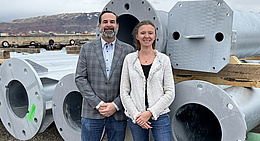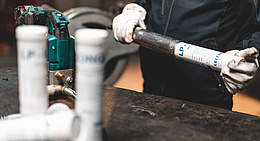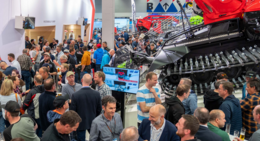The Doppelmayr Group already set course for the future of ropeway mobility back in 2020 with the introduction of AURO (Autonomous Ropeway Operation) for gondola lifts, which has been in successful operation ever since. Chairlifts were an area that had not been addressed to date. This has now changed with the AURO-CLD operating licenses for Switzerland and Austria. The Federal Office of Transport (BAV, Switzerland) and the Federal Ministry of Climate Action, Environment, Energy, Mobility, Innovation and Technology (BMK, Austria) granted operating licenses for the autonomous operation of two chairlifts at the start of the 2023/24 winter season.
These licenses were preceded by two years of intensive testing of the AURO system on two pilot installations: one in Wildhaus (St. Gallen, Switzerland) and the other in the Silvretta-Montafon ski area (Vorarlberg, Austria).
How autonomous chairlifts work
In the case of AURO for chairlifts, AI-assisted image processing from Mantis Ropeway Technologies – a Zurich-based start-up in the area of computer vision – is deployed. With the aid of their software, Doppelmayr’s development partner is able to analyze and evaluate location, image and video data in real time and to trigger automatic responses. The system identifies hazardous situations in the unloading area at the top station in fractions of a second and decides autonomously, depending on the situation, whether the installation can continue to operate, should be slowed or shut down.
As with AURO for gondola lifts, troubleshooting can be performed by one person from the Ropeway Operation Center (ROC) housed in the bottom station or in a separate building.
Up to 35 percent cost savings
Constant untiring vigilance and fast reaction times are the hallmarks of the AI-trained system. AURO does not just rely on its “eyes”. Sensors such as light barriers, ground pressure mats and ramp barriers as well as emergency stop switches and intercoms supplement the cameras and ensure maximum safety in a wide variety of situations.
Growing personnel shortages are increasing the pressure on operating companies when it comes to guaranteeing the availability of their lift installations. This is where AURO for chairlifts helps to alleviate the problem and can reduce the personnel requirements for a standard installation by up to 50 percent. Taking license costs into account, this means a saving in personnel costs of up to 35 percent.
Another benefit is that one employee can look after several AURO chairlifts. In addition, existing chairlifts can be retrofitted with the appropriate equipment to make them AURO-compatible.
Lift personnel remain indispensable
However, autonomous chairlifts cannot be operated entirely without personnel. One person can supervise one or more installations from the ROC in the bottom station. AURO takes over the tasks of the employees at the top station. Only resets and restarts need to be performed by the operative in the ROC.
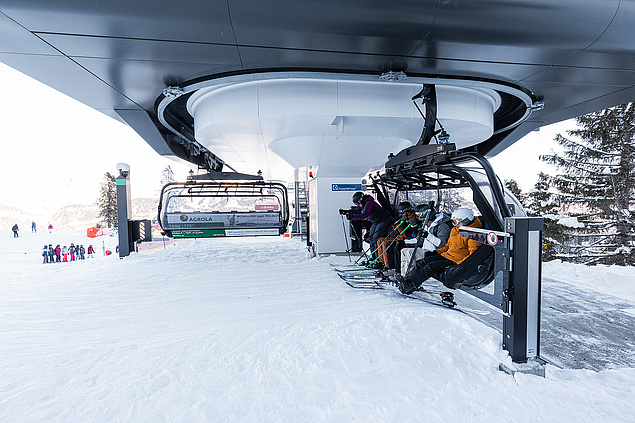
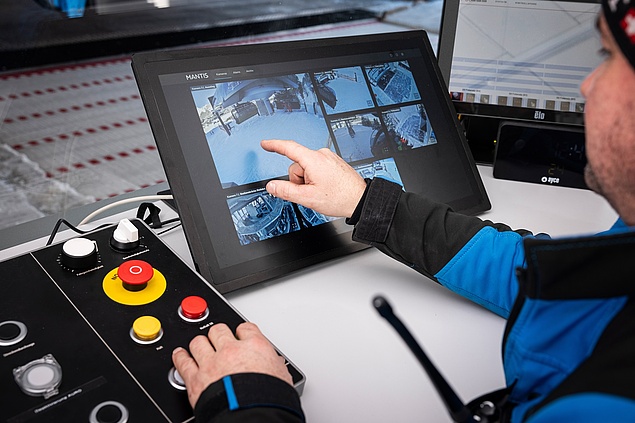
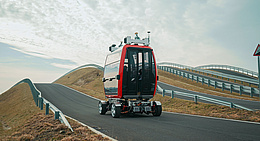
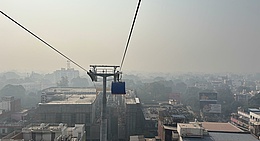
![[Translate to English:] (c) Doppelmayr](/fileadmin/_processed_/b/3/csm_85-ATW_Stechelberg-Muerren_Lauterbrunnen_CHE_001_6442c0520d.jpg)


